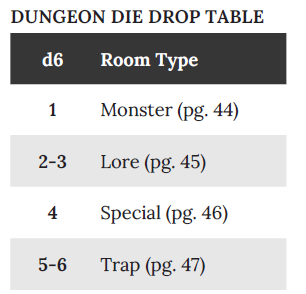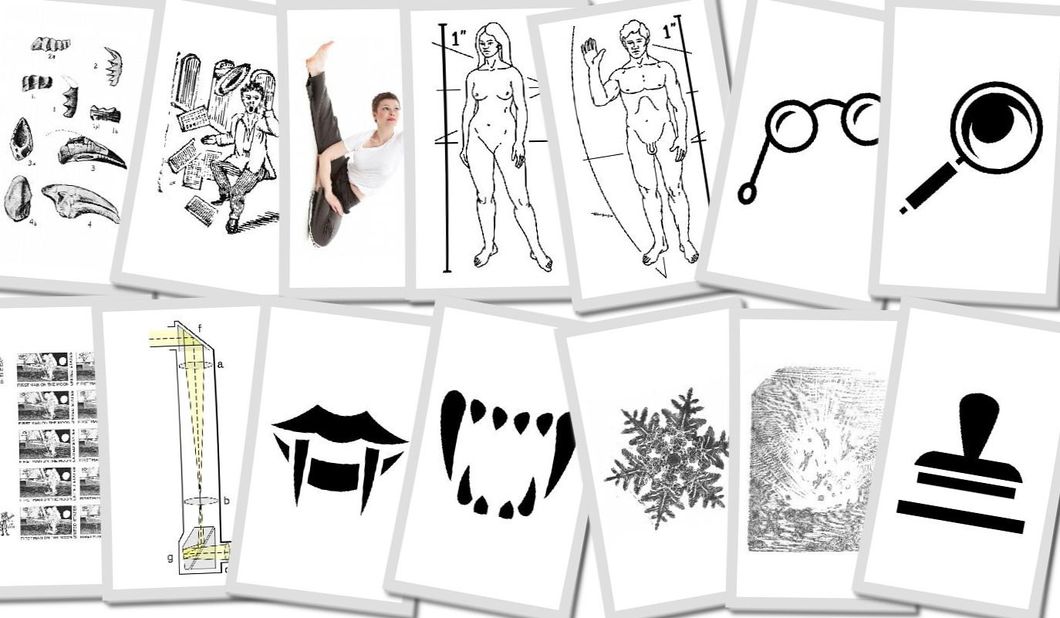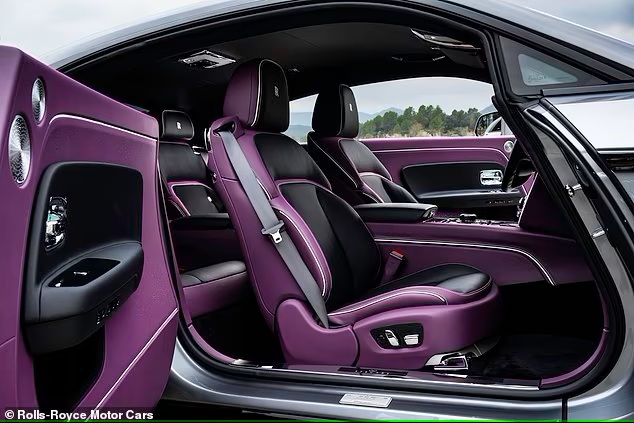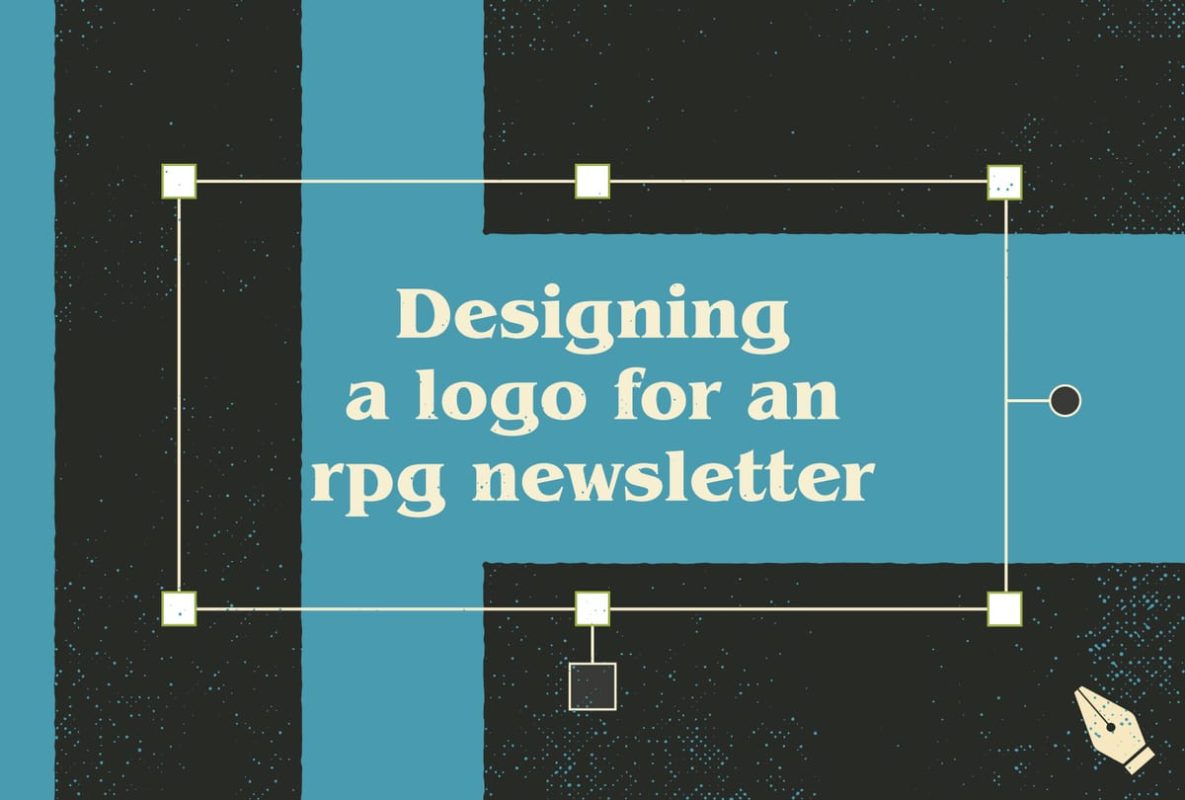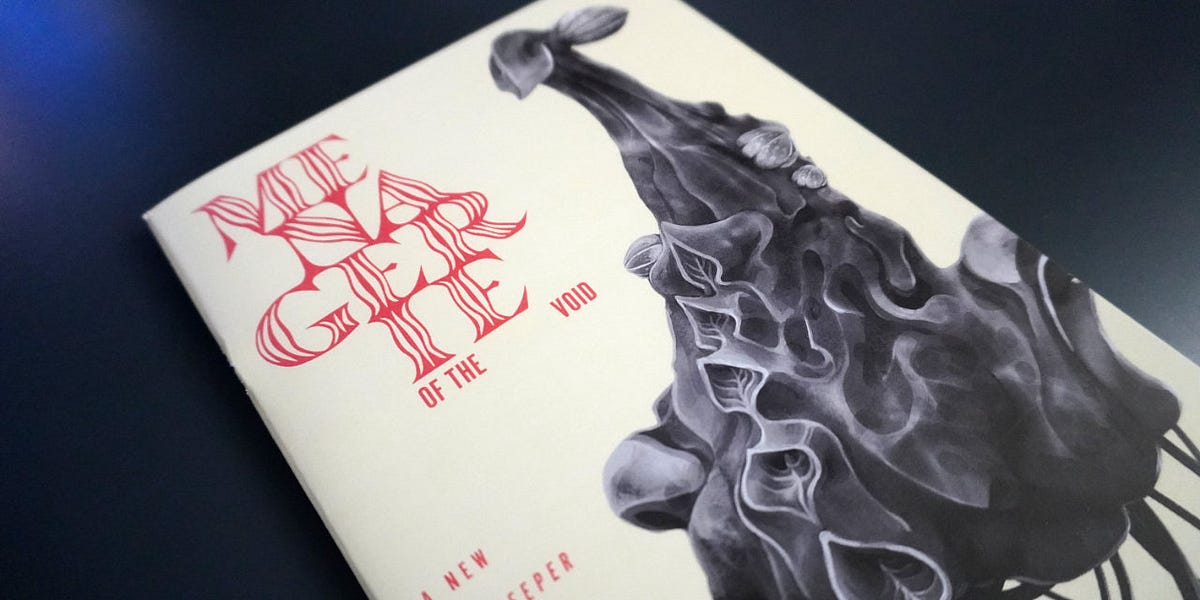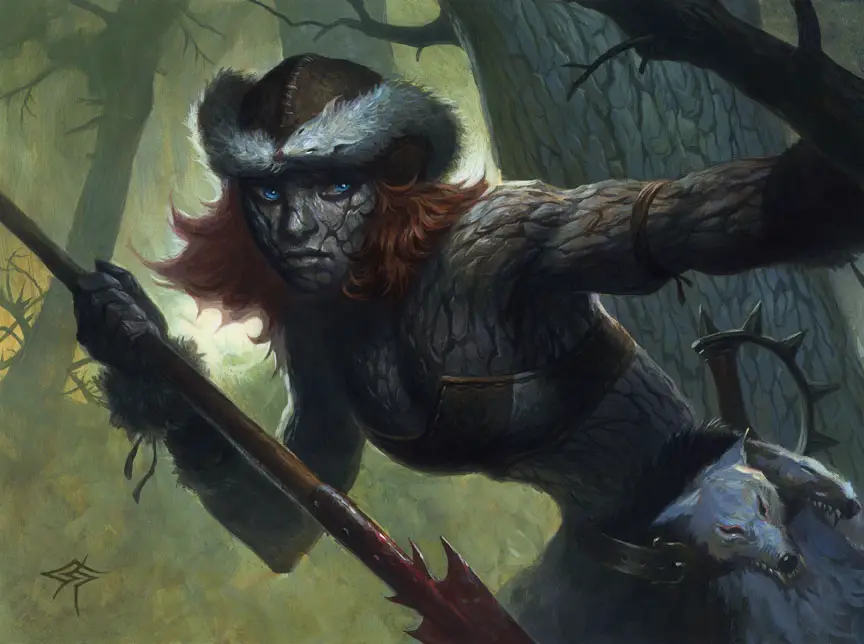SMOOSH JUICE
Dungeon Stocking Overhaul
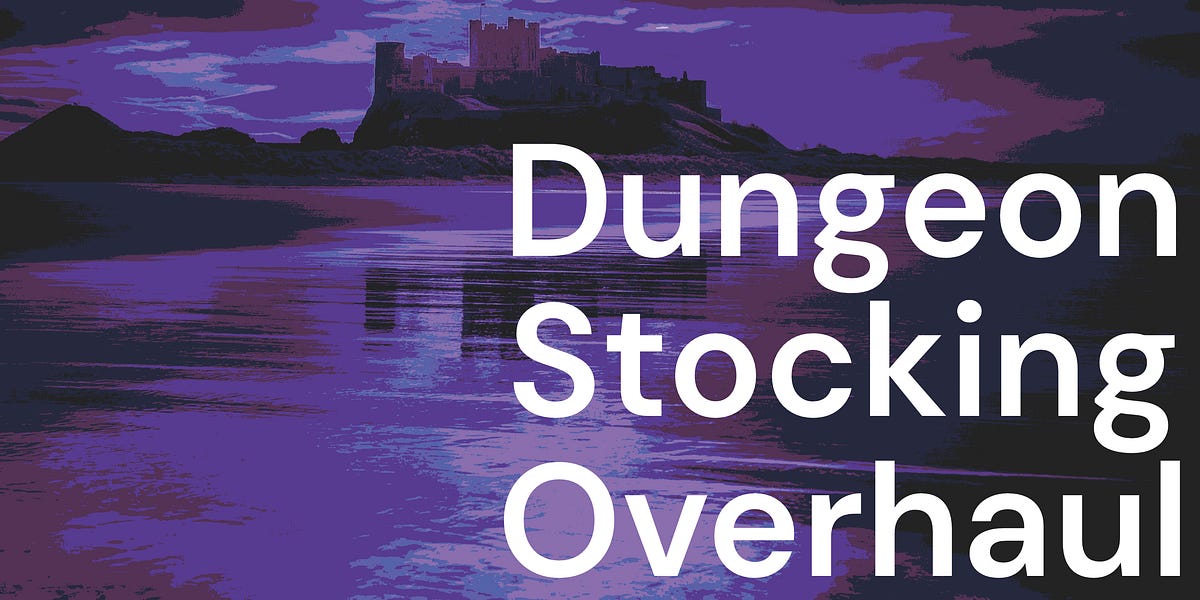
This article contains affiliate links, meaning I get a commission if you make purchases using these links, at no cost to you.This table from B/X D&D is a mainstay of dungeon stocking procedures:
And you’ll see variations of it everywhere, like the fantastic Cairn 2e Warden’s Guide:
d4 caltrops’ expanded d66 table for dungeon stocking inspired me, so here’s my own stocking procedure.
Room Feature (d6)
1: NPC(s). Monsters, factions and more. I use my reaction table overhaul to set their initial disposition.
2-3: Information. The environment relays useful information about the dungeon (or perhaps the wider world), which might be obvious or cryptic.
4-5: Hazard. This includes traps but also environmental hazards. The hazard might not be ‘active’ yet, or might only be dangerous if there is time pressure.
6: Opportunity. This can be treasure, supplies like food or torches, safety to rest, or even a navigational opportunity like a vertical passage or a concealed entrance.
We aren’t done yet though. One of my problems with dungeon stocking tables is that they focus on a singular element. It can make rooms a bit stale, lacking dynamics. So my approach is that instead of one roll, we roll three Room Features to get a combination that makes the room more complex.
Example: I rolled 3-2-6, double information and an opportunity.
Now you’ve rolled these, link the three features together. For instance, we could have the two pieces of information be clues as to how to take advantage of the opportunity.
How do we supercharge this? We start writing rooms in pairs like Sean McCoy does, or even larger clusters like I proposed in my cluster based design premium issue (you can get a free trial of MurkMail Premium btw).
Roll a d6 to decide how many rooms to link together, then randomly select that number of rooms from your dungeon layout. Generate three features for each room and connect them.
Room 1: 1-5-2, NPC(s), Hazard, Information
Room 2: 4-2-2, Hazard, Information, Information
Room 3: 6-6-1, Opportunity, Opportunity, NPC(s)
Lets say that the information in rooms 1 and 2 can help with the opportunities in Room 3, which are guarded by some monsters (the NPCs).
For Room 1, lets have the NPC know the combination to a chest (the information) in Room 3 (the first opportunity). They’ll give it to the PCs if they can rescue them from a collapsing floor (the hazard).
Room 2 is a library, with information that will help the PCs overcome the monsters in Room 3. The first they get for free, a book strewn on the floor, a way to help them fight the monsters. The second useful book is on a rickety top shelf metres up, it can easily crumble and result in a nasty fall (hazard).
The only thing left is the second opportunity in Room 3. Let’s say that the second bit of info in Room 2 actually gives the PCs a way to communicate with the monsters. The opportunity can be that the monsters might strike a deal, or even an alliance with the PCs. Now you have a interconnected trio of rooms with a ton of features.
This framework pushes you towards engineering little mysteries, puzzles, faction dynamics and more within a dungeon. And surprise, it works for non-dungeon situations too. You can use this for overland travel, urban environments and more.
MurkMail relies on its supporters. If you enjoy MurkMail, one of the best ways you can help us out is by sharing our work. Introduce your ttrpg friends and associates to MurkMail!
To give us extra support (and get an extra newsletter every two weeks with more goodies), join MurkMail Premium (get a 7-day free trial).
